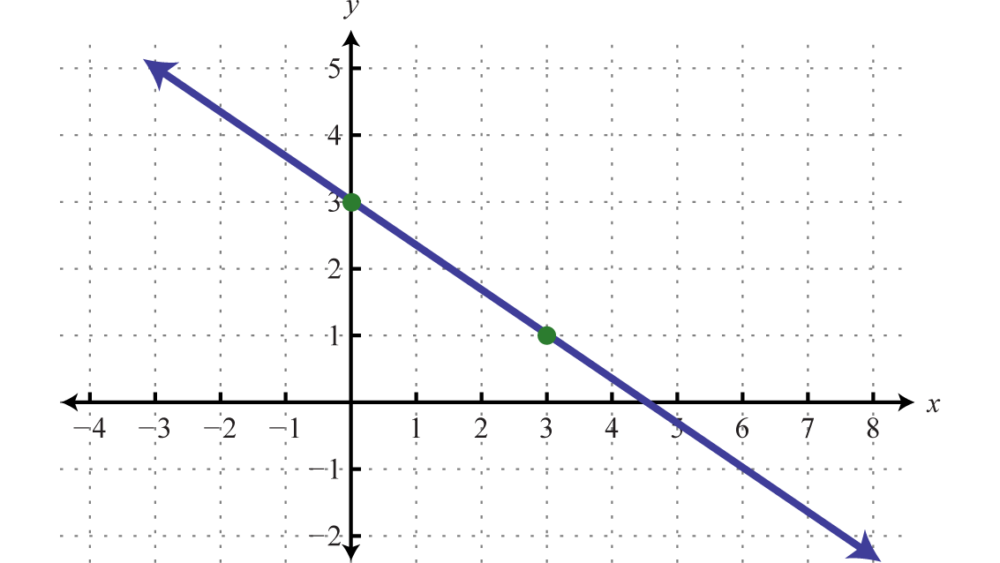
In previous weeks we had discussed CrossFit’s operational models for fitness. Weak definitions but very strong tests of what and who is fit. The first model was a balance across all 10 physical skills: cardio respiratory endurance, stamina, strength, flexibility, power, speed, coordination, accuracy, agility, and balance. The second model was that of the hopper. The ability to perform well at any physical demand drawn at random. Line up 10 people, pull out a ping pong ball with something written on it and have the 10 competitors battle it out. Leave out no physical endeavor. Rock climbing? Sure. Run a 5k? Absolutely. Deadlift one rep as heavy as possible? Yes. A CrossFit classic couplet like Fran? Definitely. He or she who performs the best on average would be determined to be the fittest.
Now, as I stated earlier, these were great tests but lacked a definitive point to hang their hat on. Yes, we were saying the fittest person would be the jack of all trades but how could you quantify that because there were/are people who think that the way they’re training now is putting them in a position to be such. Enter the third operational model and what turned into CrossFit’s definition of fitness: bioenergetics.
Suppose I took a simple linear graph with just a Y and X axis, along the Y axis would be power output and along the X axis would be time. Every time you perform a physical act we could plot it on the graph. What did you do? How heavy? How far did you move it? How fast? Power. Force x Distance/Time. CrossFit determined that there were 3 major pathways on this graph that could categorize what type of energy system you were using to complete the action. Phosphocreatine pathway: any activity that lasts 10 seconds or less. Think 100m sprint, 1 rep max snatch, or 10 pulls on C2 rower for max watts. Super high power outputs but not lasting very long. The second pathway: Glycolytic. The activities here last several minutes but not much beyond that. This is your 800m run on a track, 100 pull-ups as fast as you can, or a CrossFit workout like “Helen”. Things you can do for a short while but eventually have to stop and take a break. The last pathway is the oxidative. These are activities that last in excess of several minutes and never really wear you out. You could continue to do these activities well past 20 minutes. Think running a 10k or a famous CrossFit Hero workout like “Murph”. Oddly enough, walking is also something that would tap into your oxidative energy system.
It was with this last test that CrossFit was able to determine exactly what and who is fit in a definitive manner. Fitness would be someone’s’ work capacity across broad times and modal domains. Take 20 different physical challenges, have someone perform all 20 to the best of their ability, plot a point on the graph for all 20 and the area under the curve would be their fitness. Real life kinematics. Looking at human beings the same way we do trucks or trains or race cars. Something capable of producing horsepower. There was a line that people in CrossFit gyms used to love saying years ago, I haven’t heard it lately as much as I used to but it was the story of what someone would say when they first walk into a CrossFit gym having not known anything about it. “Where are all the machines?” the newcomer would ask. To which people who had long been calling themselves CrossFitters would say, “We are the machines.” Now you know why.
